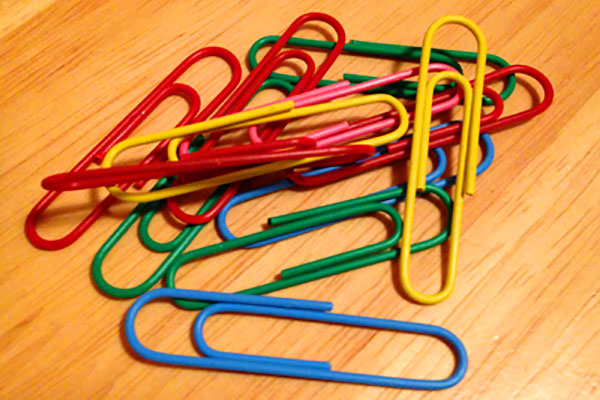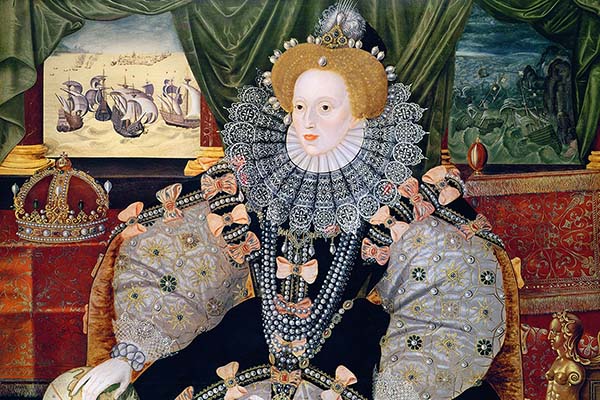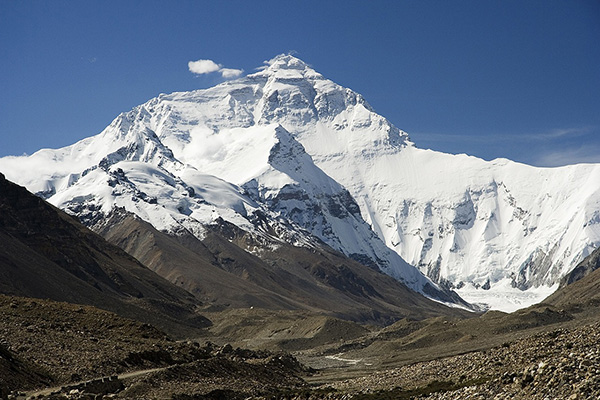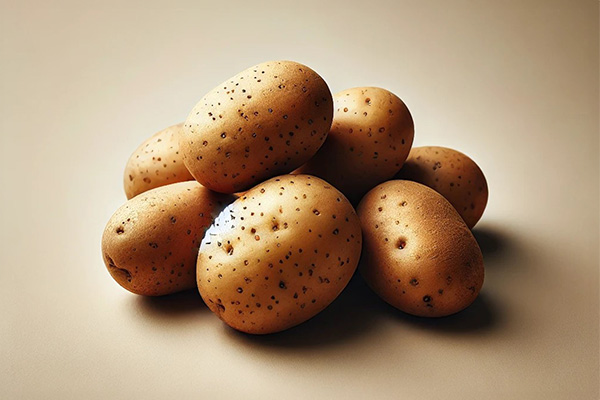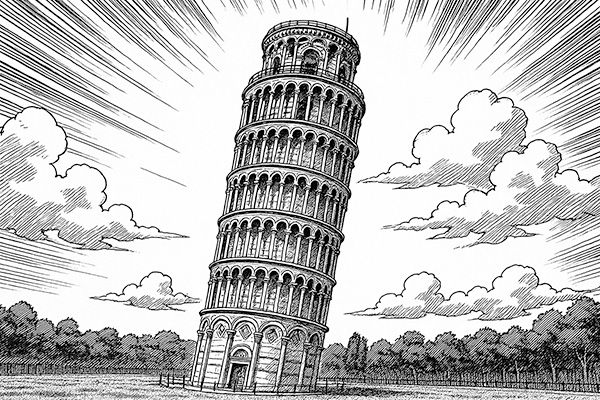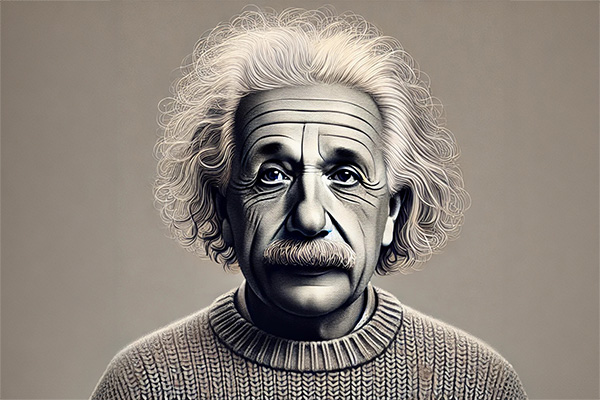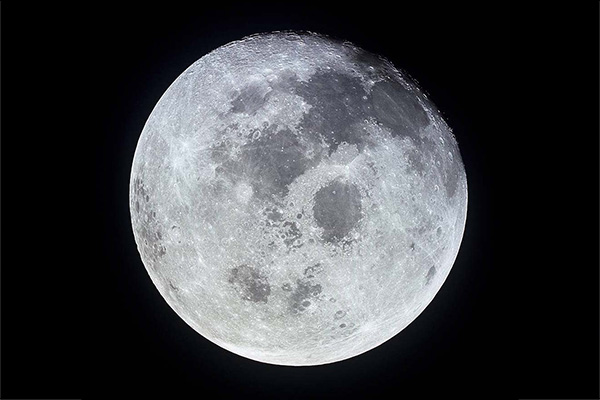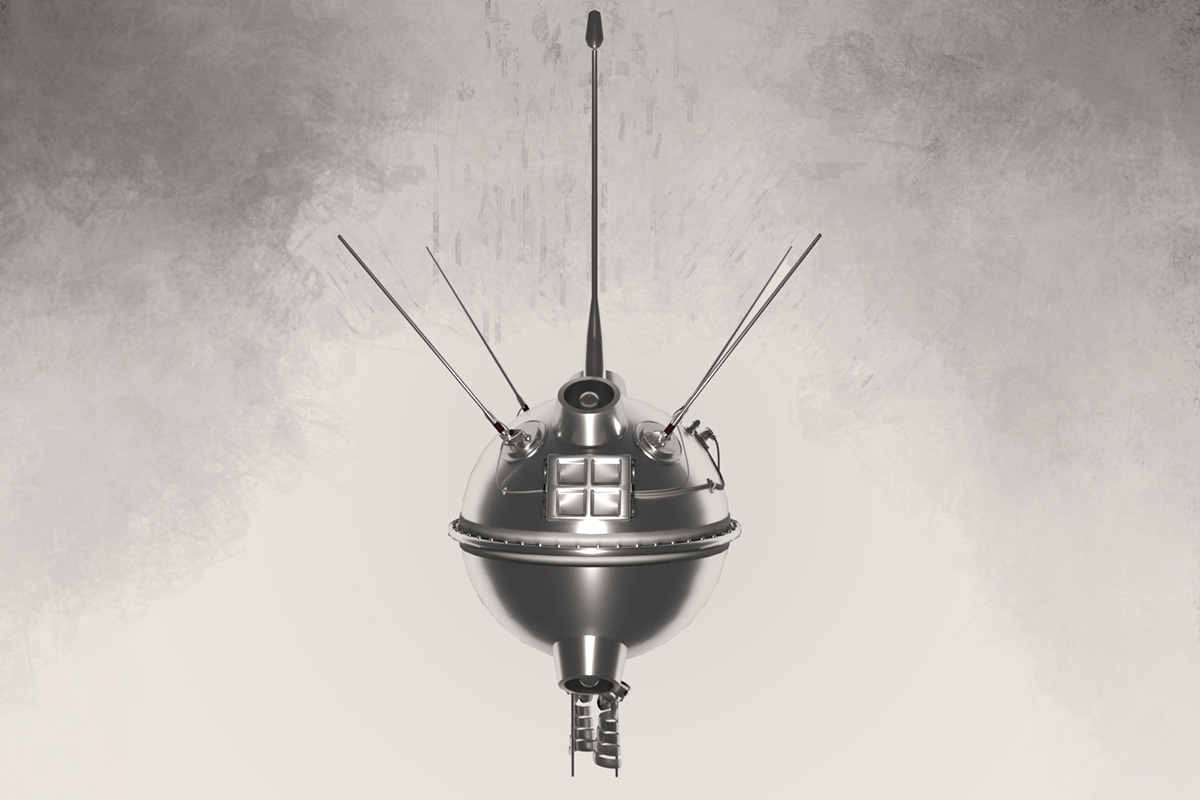
On 13th September 1959, the Soviet spacecraft Luna 2 (Lunik 2) became the first object to reach the Moon. However, instead of a controlled landing, it was deliberately designed to crash into the surface at high speed, making it the first successful impact mission in lunar exploration.
The spacecraft launched on 12th September 1959 from Launch Pad 1 (later called Gagarin's Start) at Baikonur Cosmodrome, a Soviet spaceport in present-day Kazakhstan, which is still leased to Russia today.
Before Luna 2, the Soviet Union made five unsuccessful attempts to reach the Moon - three failed to launch, Luna 1 missed the Moon entirely and became the first spacecraft to fly past it, and another attempt in June 1959 also failed.
Luna 2 carried metal spheres filled with liquid containing USSR emblems and the Soviet abbreviation (CCCP), which exploded on impact, scattering Soviet symbols across the Moon.
To commemorate their lunar success, Soviet leader Nikita Khrushchev presented a replica of one of Luna 2's metallic pennant spheres to U.S. President Dwight Eisenhower, a symbolic gesture during the Cold War space race.
The Jodrell Bank Observatory in Cheshire, England, which had the world's largest radio telescope at the time, tracked Luna 2's journey and confirmed impact when its radio signals abruptly stopped at 21:02:24 GMT on 13th September 1959.
As it traveled toward the Moon, Luna 2 released sodium gas, which reacted with sunlight to produce a bright glow, making it easier to track - essentially turning it into a man-made comet.
When it struck the Moon, Luna 2 was traveling at approximately 3.3 kilometers per second (over 7,200 miles per hour), making it a high-speed lunar impactor.
Scientific data from Luna 2 revealed that the Moon has little or no magnetic field and detected a continuous flow of charged particles from the Sun, now known as the solar wind.
The spacecraft had a mass of 390 kg (860 lbs) and a diameter of 90 cm (35 inches), making it compact but scientifically significant for lunar exploration.


